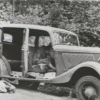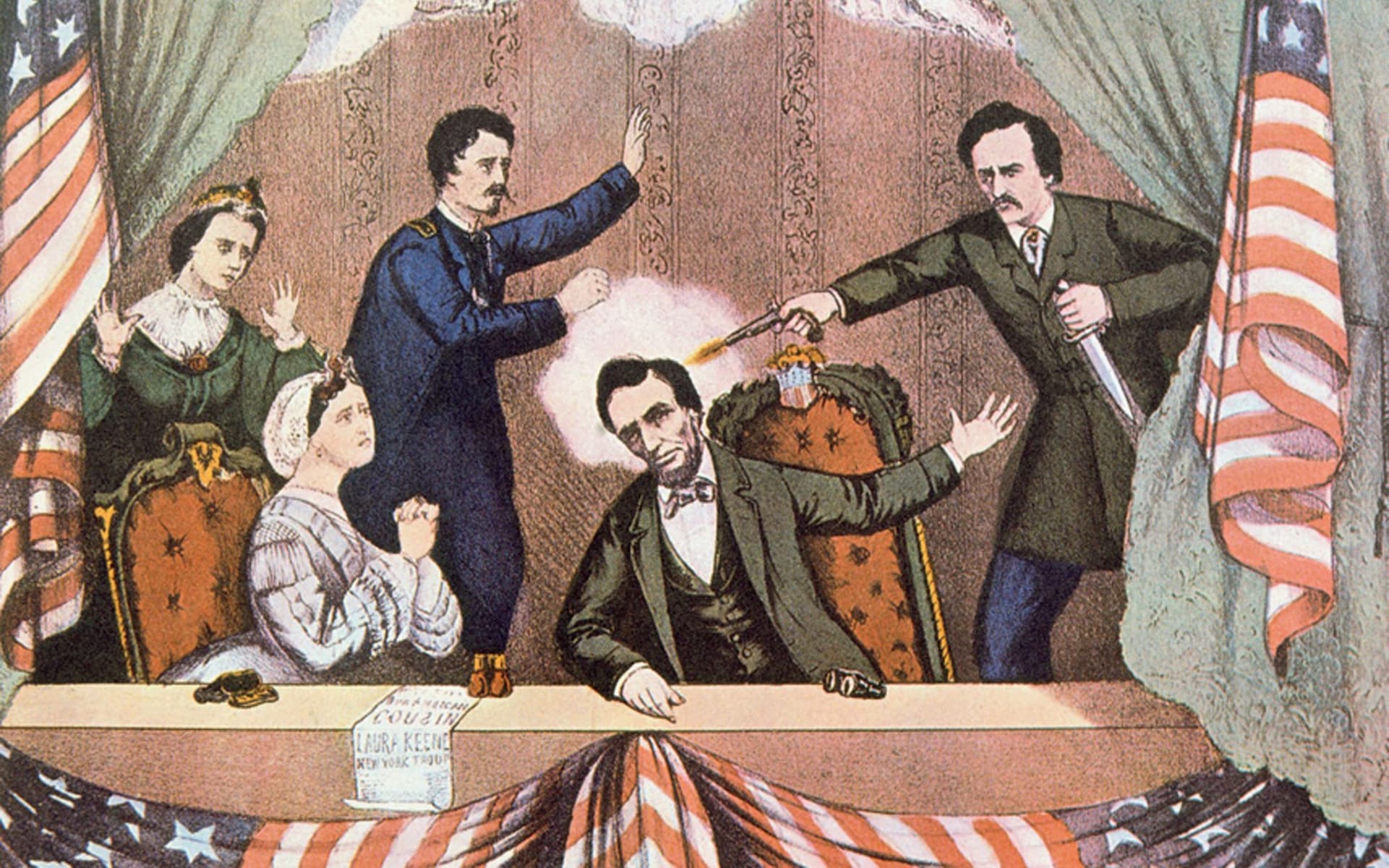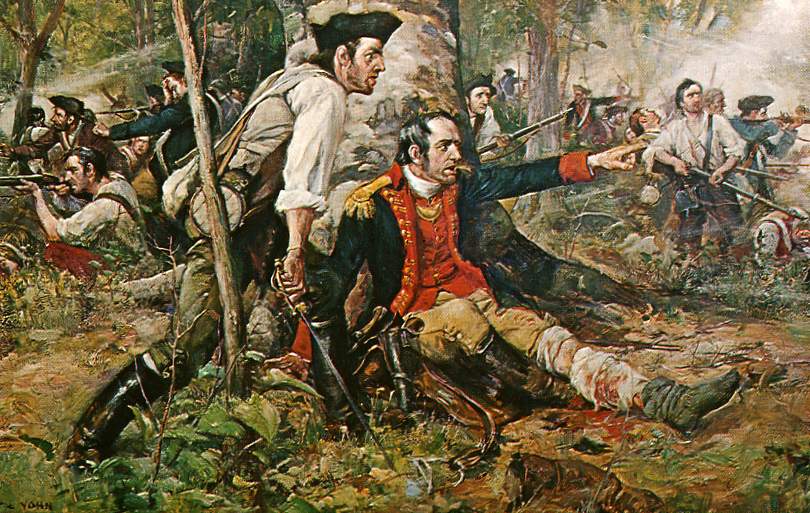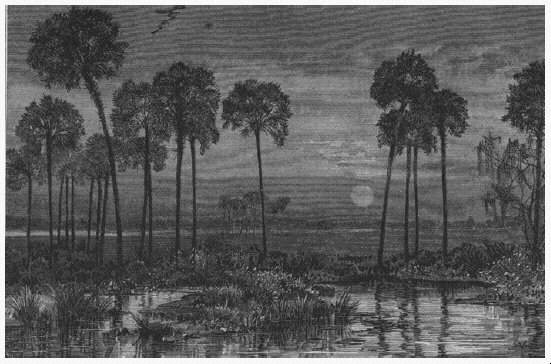BarnBuster
Virtually Unknown Member
May 17, 1954: In a major civil rights victory, the U.S. Supreme Court hands down an unanimous decision in Brown v. Board of Education of Topeka, ruling that racial segregation in public educational facilities is unconstitutional. The historic decision, which brought an end to federal tolerance of racial segregation, specifically dealt with Linda Brown, a young African American girl who had been denied admission to her local elementary school in Topeka, Kansas, because of the color of her skin.
In 1896, the Supreme Court ruled in Plessy v. Ferguson that "separate but equal" accommodations in railroad cars conformed to the 14th Amendment’s guarantee of equal protection. That ruling was used to justify segregating all public facilities, including elementary schools. However, in the case of Linda Brown, the white school she attempted to attend was far superior to her Black alternative and miles closer to her home. The National Association for the Advancement of Colored People (NAACP) took up Linda’s cause, and in 1954 Brown v. Board of Education of Topeka reached the Supreme Court. African American lawyer (and future Supreme Court justice) Thurgood Marshall led Brown’s legal team, and on May 17, 1954, the high court handed down its decision.
In an opinion written by Chief Justice Earl Warren, the nation’s highest court ruled that not only was the “separate but equal” doctrine unconstitutional in Linda’s case, it was unconstitutional in all cases because educational segregation stamped an inherent badge of inferiority on African American students. A year later, after hearing arguments on the implementation of their ruling, the Supreme Court published guidelines requiring public school systems to integrate “with all deliberate speed.”
Brown v. Board of Ed served to greatly motivate the civil rights movement of the 1950s and 1960s and ultimately led to the abolishment of racial segregation in all public facilities and accommodations.





















